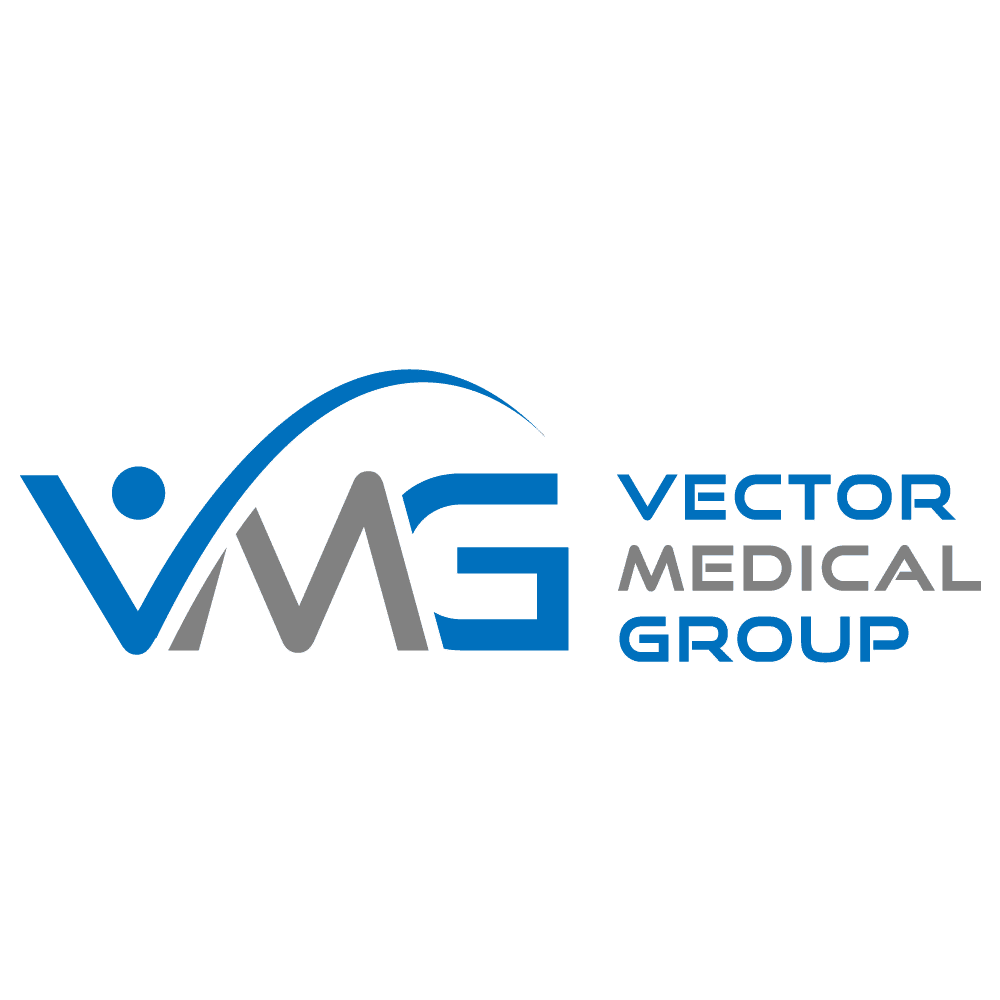By Dana Jacoby
gone are the days of rickety file cabinets in the doctor’s surgery, and the familiar sight of administrative staff frantically rifling through the drawers to find that elusive patient record. Today the majority of practices are well-accustomed to electronic health records (EHRs), and staff is likely to balk at the prospect of going back to paper charts.
It’s worth making the distinction between an EHR and an electronic medical record (EMR), which is a digital patient record produced by and restricted to a single provider. An EMR system is meant to store medical data locally and is not aimed at distribution outside of the original surgery or practice.
The terms are often used interchangeably, which is a mistake. The fundamental difference is that the EMR lacks interoperability.
Today we will take a close look at the pros and cons of EHR usage. While there is no doubt that electronic records help to streamline processes and minimize user error, these same features have the potential to create severe compliance risks when wrongly applied or relied on too heavily.
So, how can practices capitalize on the many benefits of EHR adoption? Let’s examine the caveats, and find out how risks can be mitigated to ensure long-term compliance.
Improved Quality of Care
The emergence of EHRs has helped to improve the delivery of care in so many ways. It is far easier nowadays to maintain a high level of accuracy in documentation, which makes claims submissions and diagnosis much simpler and faster. Automated alerts can be set up to notify the practice of potential risks. For example, it is possible to track and manage medications in one location and set drug-drug interaction alerts.
Preventive care is easier to track and implement, and EHRs also provide greater support when making point-of-care decisions — not to mention helping with the nimble integration of evidence-based clinical guidelines.
The most basic premise of EHRs is that they enable administrators to safely store medical records and capture and analyze data with ease. They can generate reports quickly, investigate data trends more thoroughly, and manage inventory with precision.
EHRs give you access to patient data 24/7. An EHR system contains what you would expect to see in an old paper chart — including ICD-10 codes, medication lists, problem lists, and test results — while doing away with incomprehensible medical signatures.
They improve billing and scheduling, as there is no longer any need for you to enter data manually and repeatedly, which reduces instances of payment miscalculation. There is also ready access to federal financial incentives.
What’s remarkable about today’s EHR systems is how they move far beyond clinical records and actually transform practice workflows. Searchable EHR databases provide modern practitioners with a wealth of information that would have been unthinkable just several years ago. For example, it is possible to query how many diabetics were diagnosed with HbA1c before age 6 or how many cases of tuberculosis were reported as cured in 2021.
In short, EHRs are bringing about a new age of medical record interaction. Finally, the door has been opened to collaborative working practices where multiple health professionals can work together in real-time to attend to their patients.
The Importance of Due Diligence
EHRs have been transformative in automating the most tedious, repetitive, and time-consuming administrative requirements of patient care. However, without careful management, they bring serious compliance challenges. Documentation that fails to hold up to review can result in sanctions, unwanted payer scrutiny, and even malpractice risk.
Research has exposed many other drawbacks to EHRs, including hefty acquisition costs and hidden or recurring expenses — especially related to maintenance. It takes time to select and deploy the right EHR system for your budget; it’s not a project that you can expect to be up and running in a few weeks. Your staff will need time to learn the ropes.
Patient data can quickly become out-of-date. There is still a need to update with new test results, for example — if the practice is working from old or incomplete information, this can lead to errors in diagnosis or treatment.
Furthermore, many patients still have concerns about privacy.
Practices must set out to learn everything they can about the features of their chosen EHR system and how they can be utilized to enable compliant workflows and optimal patient care. Due diligence in this area will serve patients well.
Organizations will need to take action to prevent data leaks, as HIPAA violation fines could see you paying up to $50,000 per incident; the highest annual penalty is $1.5 million for each mishap. Similarly, malpractice liability concerns are an issue. Practices must consider how to mitigate the risk of losing records due to accidents, disasters, and human error.
Then there is the question of power backup for business continuity; a power outage or computer failure could make important information inaccessible at a really sensitive moment. That’s why it’s essential if you want to get the most out of your EHR, to have access to a group of experienced information technology specialists.
When weighing up the pros and cons of EHRs, experts and policymakers agree that the technology has the potential to massively benefit patients, providers, and society at large.
Do you want to speak with an expert to find out if EHRs are the right choice for your practice?


